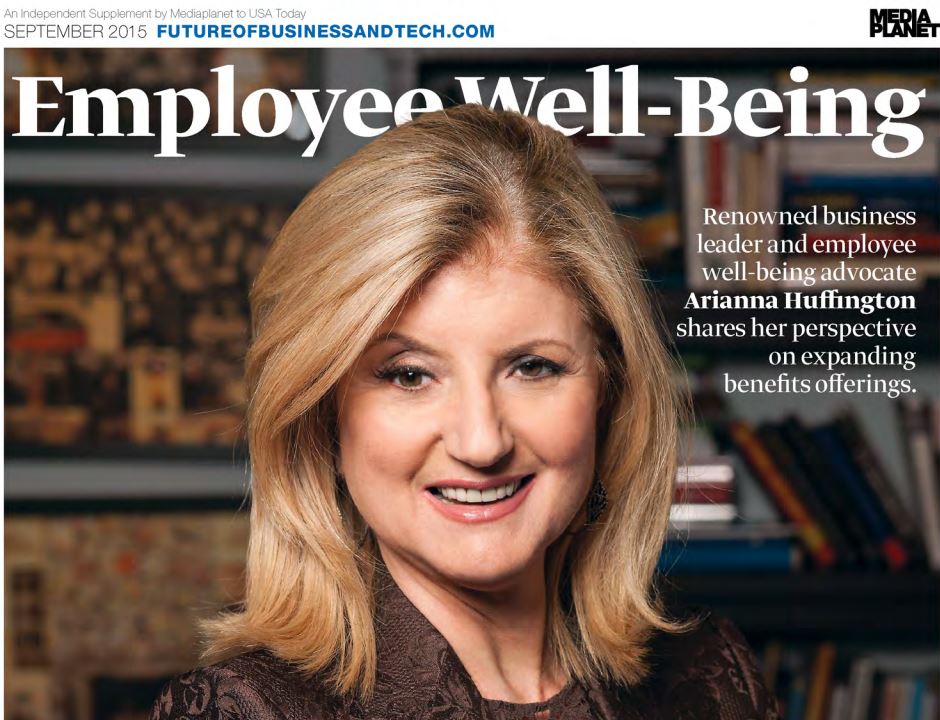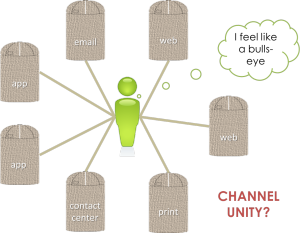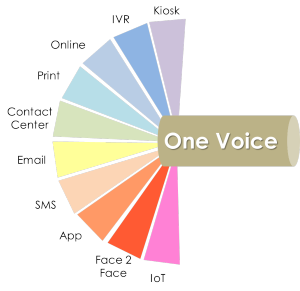Being a sales rep is like being a doctor. First, you have to win the confidence of the person. You have to understand their pain – feel their pain. This makes an initial connection. Once you have earned trust by building confidence, they can talk about what ails them. A deeper connection develops through a conversation. Good doctors focus on the person and not on what meds they can push (one of their products). The doctors that see you and in 5 seconds and then prescribe meds have a bad track record. They do not take the time to understand the person. No connection – no warm fuzzies. No coming back to you!
Conversations take time and time is rushed in this crazy world so we must step back and yield to a more thoughtful approach. Marketing and sales is about making an investment in time and developing connections. So, instead of hawking your product with an “in your face” approach, invest time to build a conversation.
Sales and markeeting is really like a weird courting ritual. It is not about love but it is connected to it. What?? It is a human connection that can grow deep, loyal customers. Dating takes time and connections grow as you invest time and understand the person. If someone is courting a person and just talks about themselves (their product), there is little chance of a second date. Doctor, pursuer of love, or sales, it is about making a connection and having a meaningful conversation.
People really don’t NEED your product. There are always alternatives. So sales is driven by more than just need. In a B2B world, they really want a connection – human interaction is more important in an industrialized, technology driven society. So sales is about something much deeper. Good sales people and marketing folks understand this. So the conversation – not the message – has to be (1) well crafted and (2) timed. Yes, conversation. Not just an assault of sound bites. A conversation is needed to build a connection.
So for marketing folks, how can we initiate a conversation and allow it to blossom into a deep connection? Be thoughtful in your approach.
Thanks Zach Messler – you are the inspiration for this piece.



